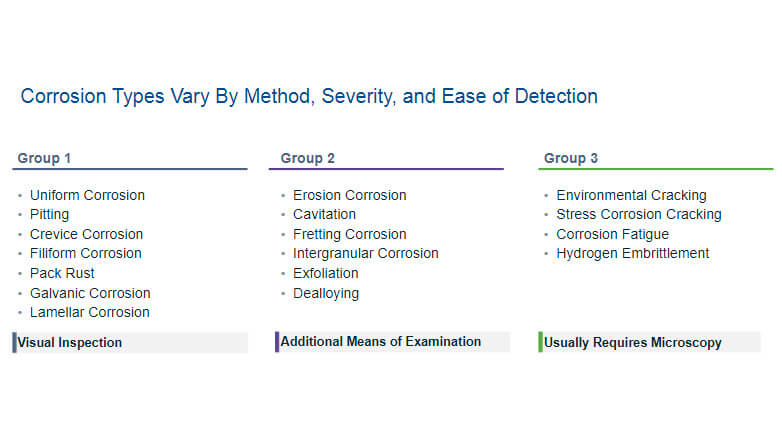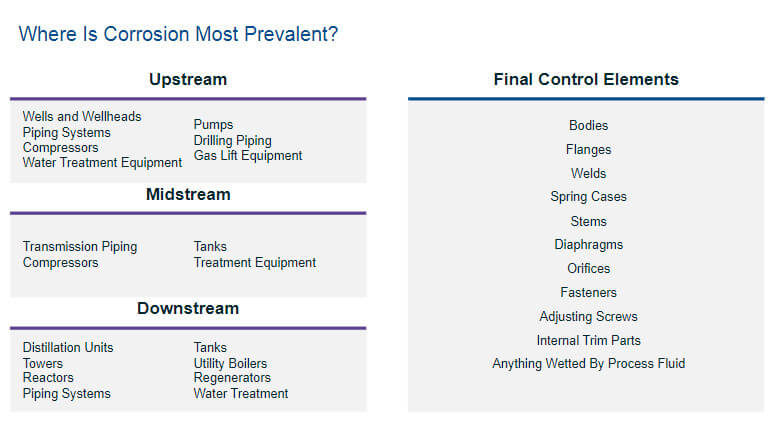At the Emerson Exchange Americas virtual series, Emerson’s David Macedonia and Ali Babakr describes methods of protecting final control elements in corrosive applications. Here is their presentation abstract:
Corrosion is the scourge of the oil & gas industry worldwide, eating up maintenance budgets and often causing incidents. The term corrosion comes from the Latin word “corrodere” which means “to gnaw to pieces” A combination of pressure, temperature, flow, and process media creates an environment can certainly do this to a system’s components and equipment over time, especially in sulfur-rich applications. But how can these facilities design around this significant risk to their bottom line and system integrity? The National Association of Corrosion Engineers (NACE) has established standards for materials and processes in the oil & gas industry to reduce the risks of corrosion. Dave Macedonia and Ali Babakr will share what end users and vendors need to know from these standards, how they apply to the hydrocarbon value chain today, and the importance of reducing corrosion in severe applications in such facilities across the world.
David opened the presentation discussing corrosion basics and effects. He defined it as a naturally occurring phenomenon with the deterioration of material, usually metal that results from a chemical or electrochemical reaction with its environment.
He showed different corrosion types:

Corrosion can lead to safety incidents, maintenance and repair costs, loss of containment and downtime. NACE estimates the cost to global GDP from corrosion being 3%.
Sour fluids come from hydrogen sulfide and carbon dioxide. Sour oil & gas is found in several fields across the globe. Some of the plant equipment most susceptible to corrosion include:

Standards for corrosion include NACE MR0175 which has become NACE MR0175 / ISO 15156. Part 1 of the standard included general principles for selecting cracking resistant materials. Part 2 includes cracking resistant carbon and low alloy steels and the use of cast irons. Part 3 includes cracking-resistant corrosion-resistant alloys (CRAs) and other alloys.
David describe the basic material selection process which includes knowledge of the service environment, worst-case operating conditions including startups and shutdowns, process chemical analysis, material availability and interchangeability, failure mode and risk analysis, review of test lab results, selection of best materials, and testing if required. Alloy composition gives different properties to meet the application’s requirements.
High sulfur environments (sour gas) require selection of special allows to mitigate corrosion risks such as Monel and Hastelloy. Wireless corrosion monitors such as the Rosemount Wireless Permasense corrosion and erosion monitoring system can measure the rate of corrosion to provide early warning to avoid abnormal conditions and schedule repairs.
Visit the Valves, Actuators & Regulators section on Emerson.com for more on the final control elements best suited for your corrosive applications.


